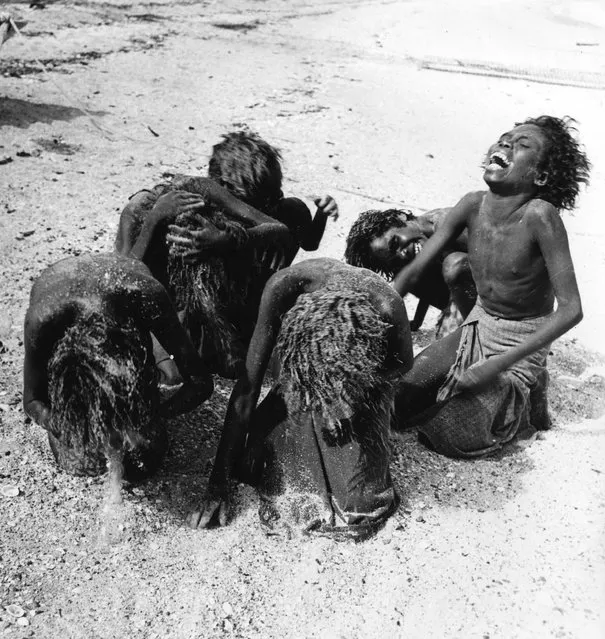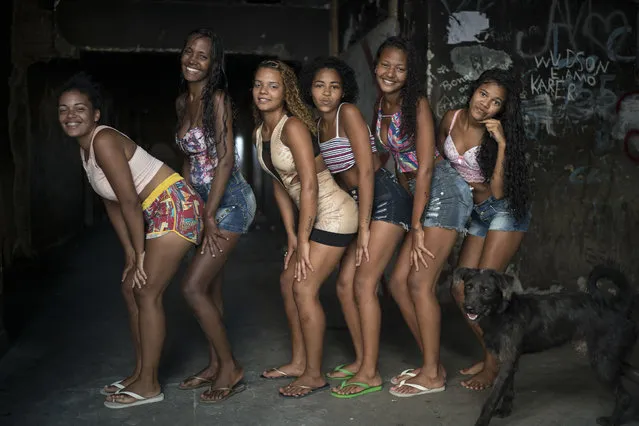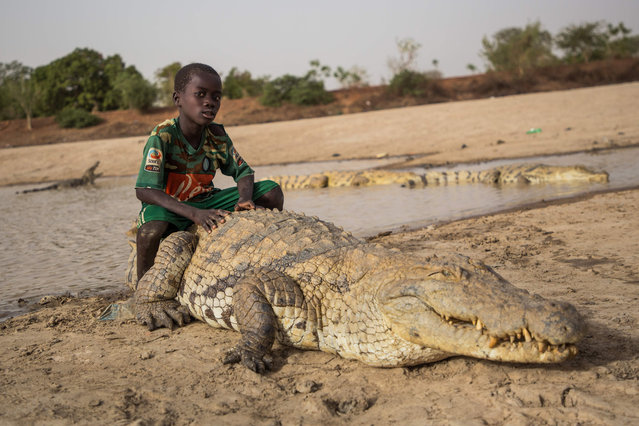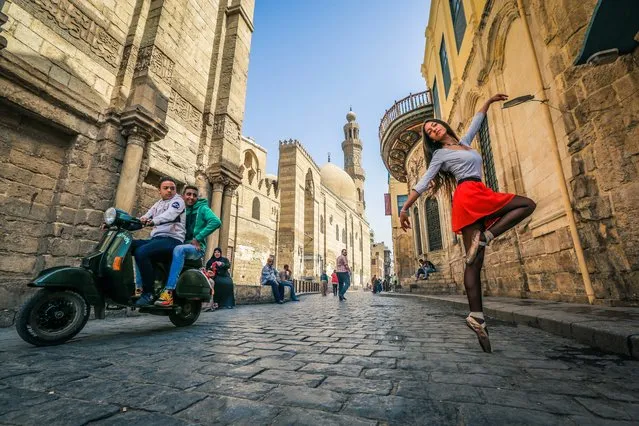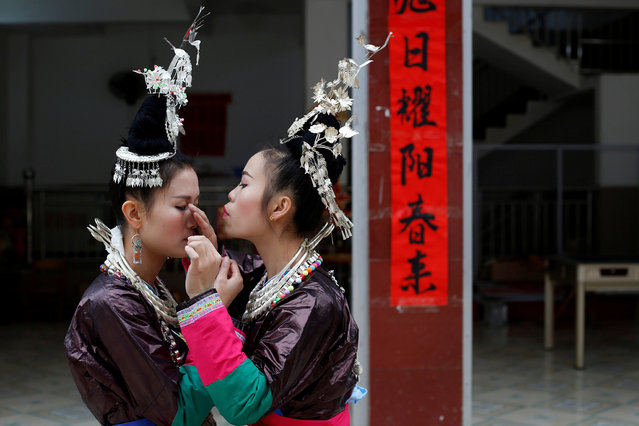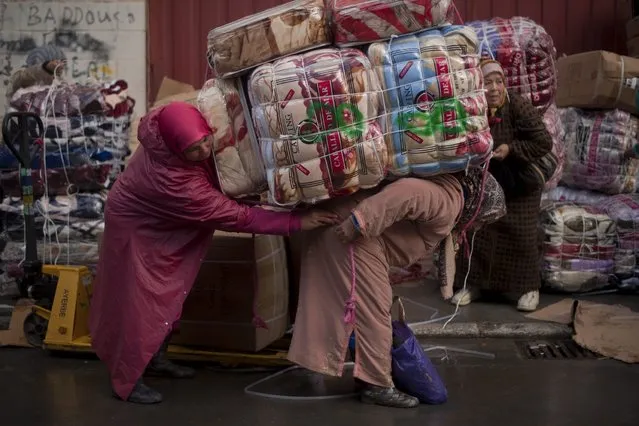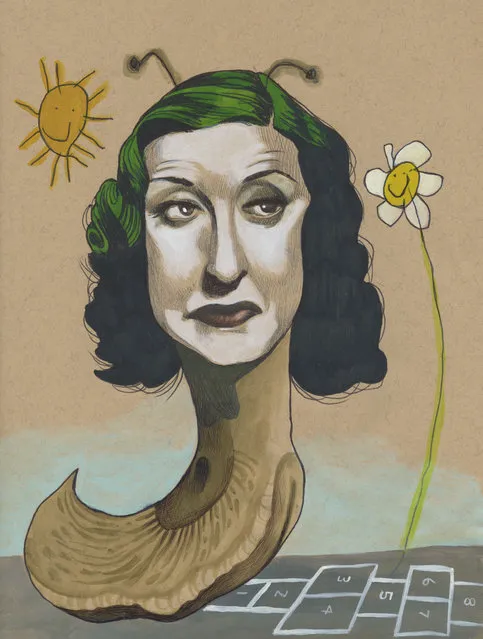
In one of the best collaborations this blog has seen in ages, professional illustrator Mica Angela Hendricks has been collaborating with her 4-year-old daughter on a series of wonderful drawings that pass back and forther between mother and daugher until reaching an always unexpected final form. Each drawing begins with Hendricks drawing a detailed retro-ish head, after which her daughter snatches away the sketchbook to create rudimentary body (or animal!) parts as well as other random details. Afterward Hendricks goes back in to polish things up a bit and behold: dinosaur women, slug ladies, and beaver astronauts are born.



